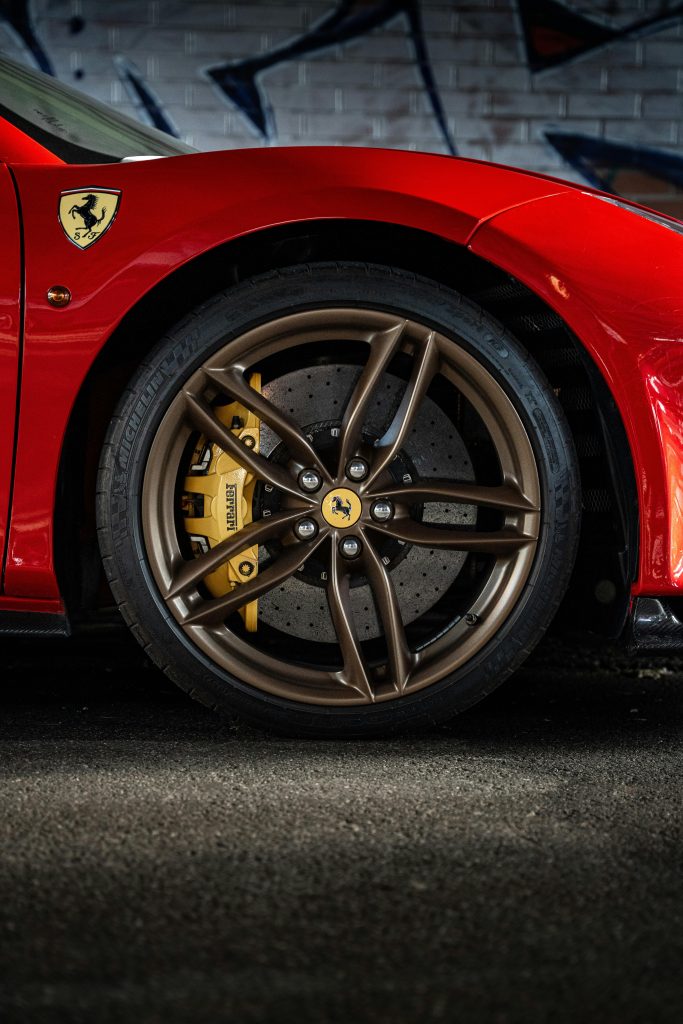Exploring Nostalgia and Aesthetic Identity: A Comparative Look at the “Frutiger Aero” Era in Computing and the Golden Age of Car Culture
In the realm of design and technological history, certain eras stand out not just for their innovations but for the enduring aesthetic and cultural identity they foster. A recent reflection draws a compelling parallel between two such periods: the “Frutiger Aero” era in computing and the car culture of the 1950s and 1960s. While seemingly disparate domains, both epochs encapsulate a sense of freedom and optimism that continues to resonate today.
The Era of Freedom and Responsible Innovation
During the “Frutiger Aero” period—a nod to the clean, streamlined typographic style and interface designs that emerged with modern computer interfaces—computers were often perceived as symbols of liberation. They represented a shift away from the bulky, utilitarian machines of the past towards devices associated with creativity, exploration, and personal empowerment. Similarly, the car culture of the 50s and 60s was characterized by an emphasis on freedom of movement, individual expression, and a sense of adventure. Vehicles from this era evoke a nostalgic sentiment, often linked to a carefree, aspirational lifestyle.
Distinctive Aesthetics and Cultural Ideals
Both periods feature hallmark design elements that have become iconic. The sleek lines of “Frutiger Aero” inspired modern computer interfaces and branding, conjuring an idealized vision of technological elegance. Likewise, cars from the 50s and 60s boast distinctive curves, chrome accents, and bold color palettes—visual cues that continue to symbolize optimism and style. These aesthetics have cultivated a nostalgic reverence, shaping contemporary perceptions of what technology and automobiles should embody.
Legacy Builds and Modern Reinterpretations
Enthusiasts of these eras often engage in “legacy builds”—restoring or recreating vintage machinery for the sheer joy of experiencing and preserving the design ethos. Interestingly, devices from either time period are frequently ill-suited to current demands, such as the rapid pace of modern digital workflows or the need for high-performance vehicles. Nonetheless, hobbyists find value in reanimating these machines, often customizing and modifying them through “sleeper builds” to blend vintage aesthetics with modern functionality. These efforts serve as a testament to the enduring allure of the original design ideals.
The Power of Nostalgia Across Cultures
A fascinating aspect of this phenomenon is how non-experts and newcomers are
Share this content:



